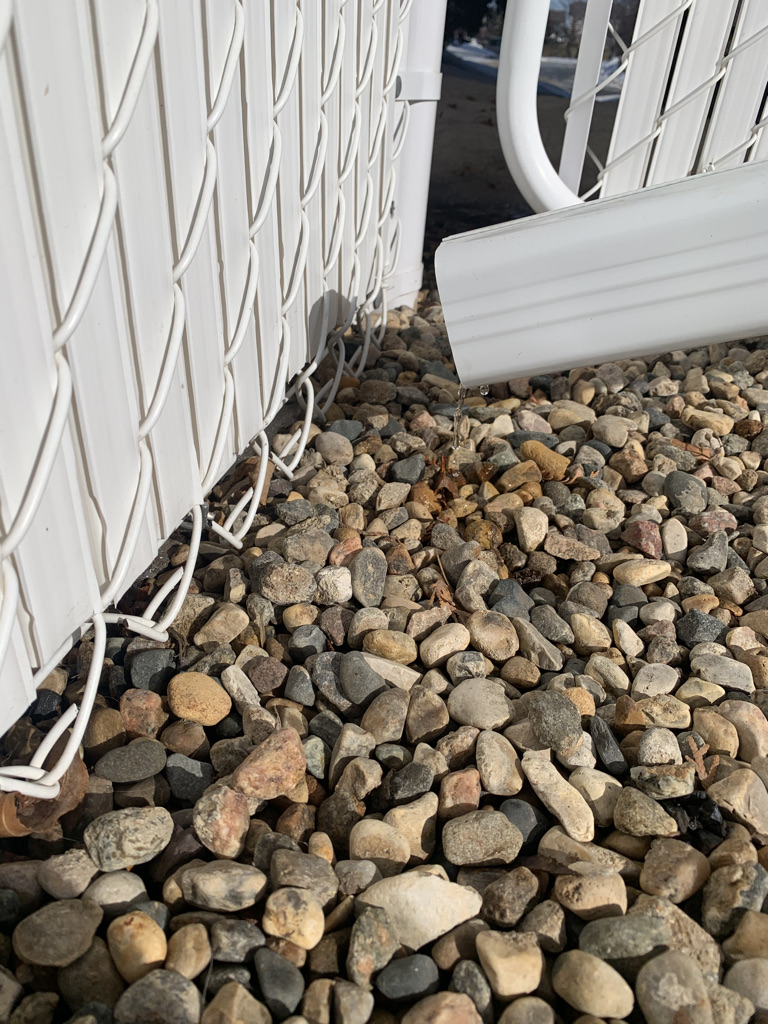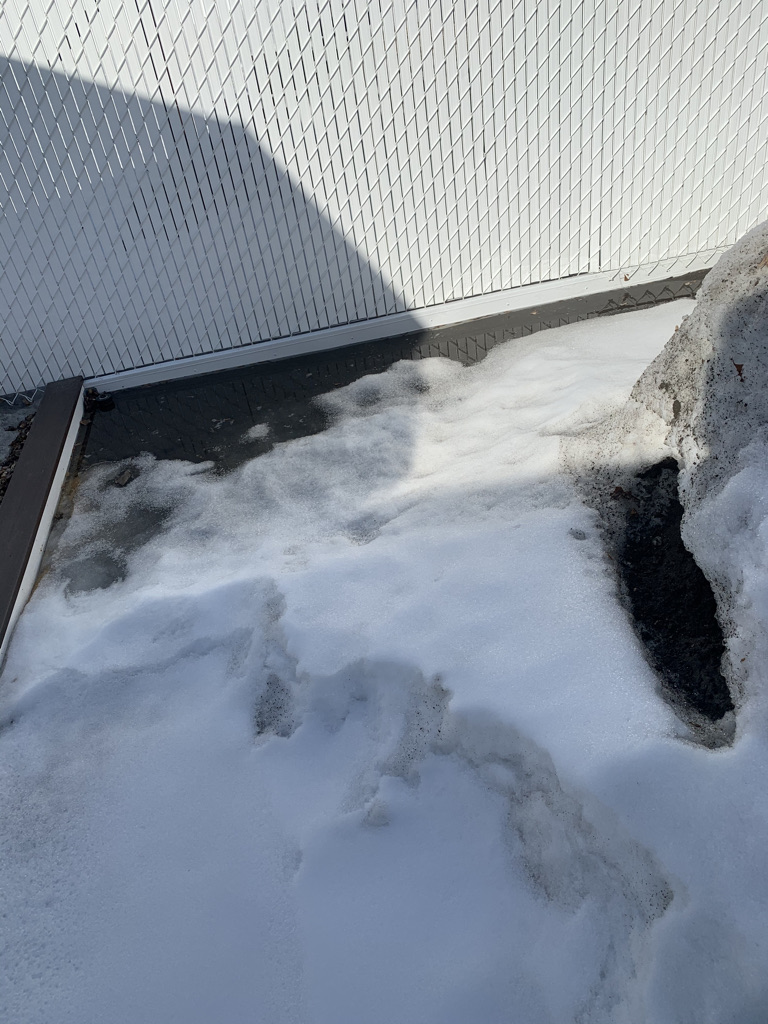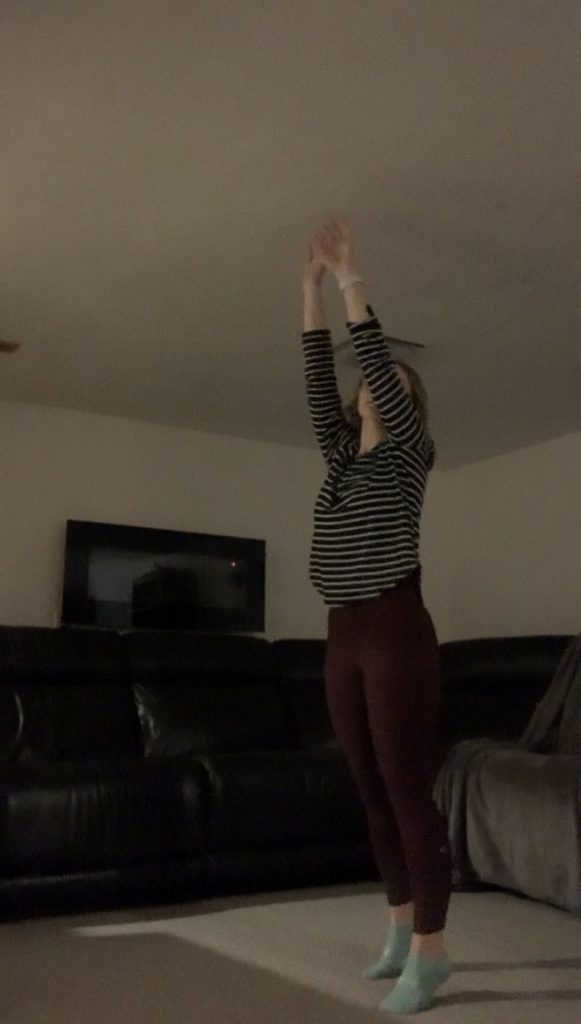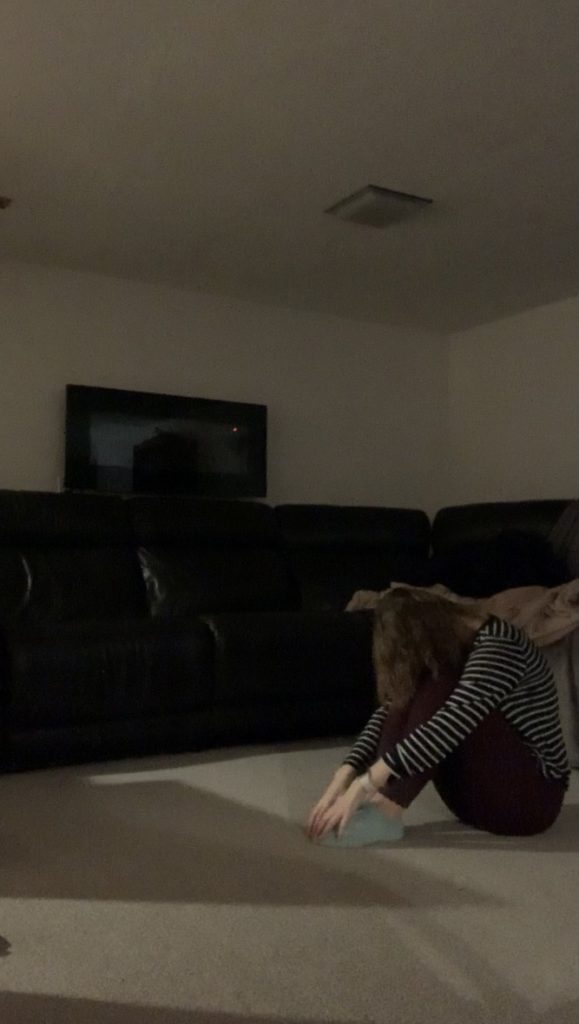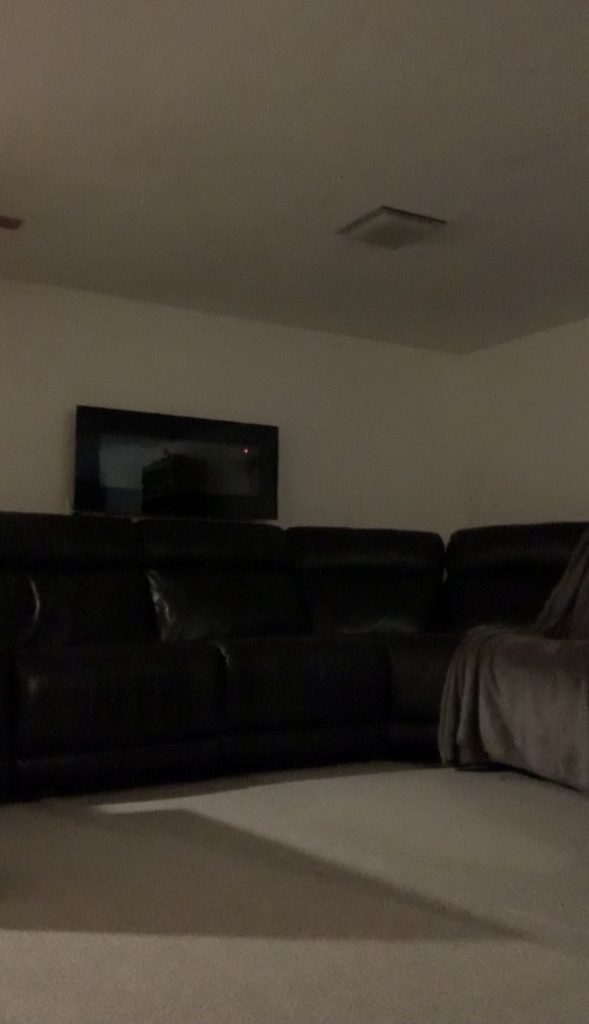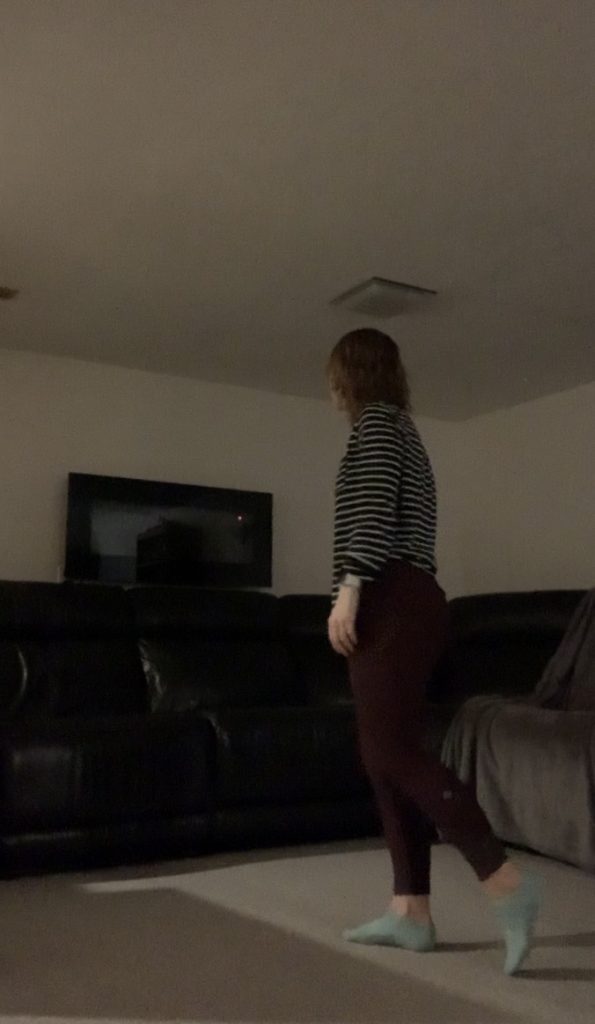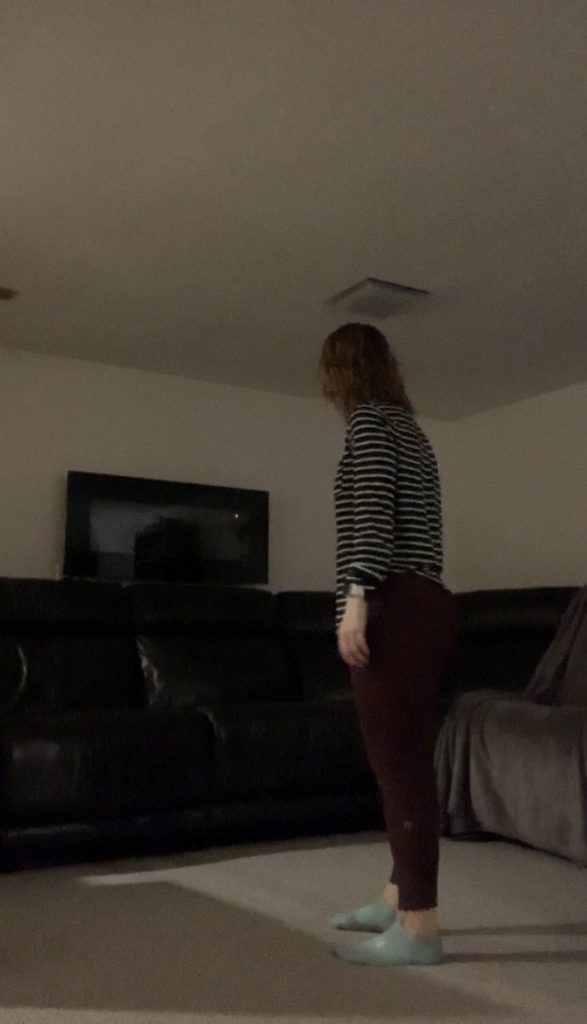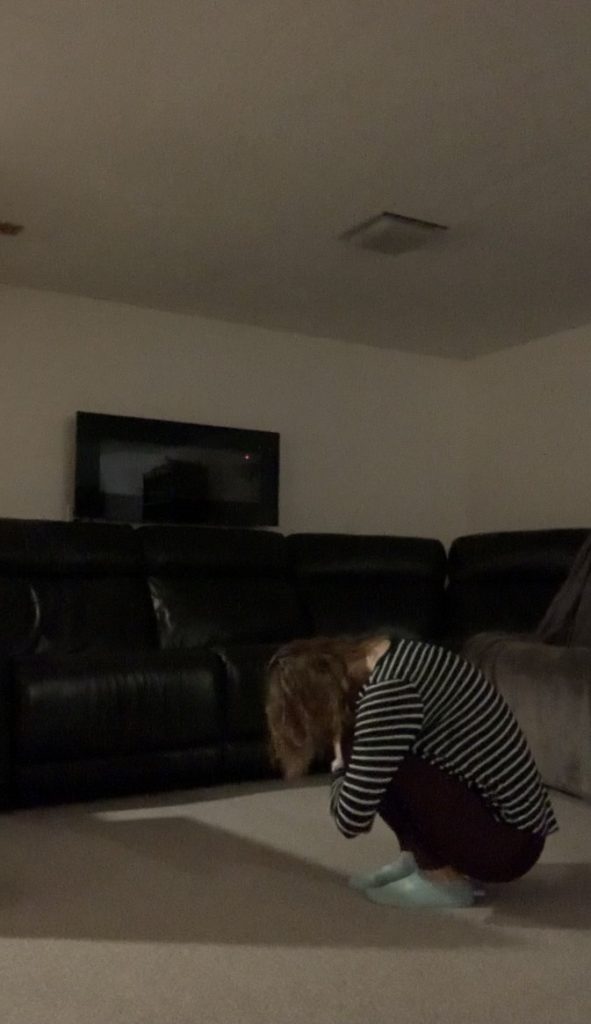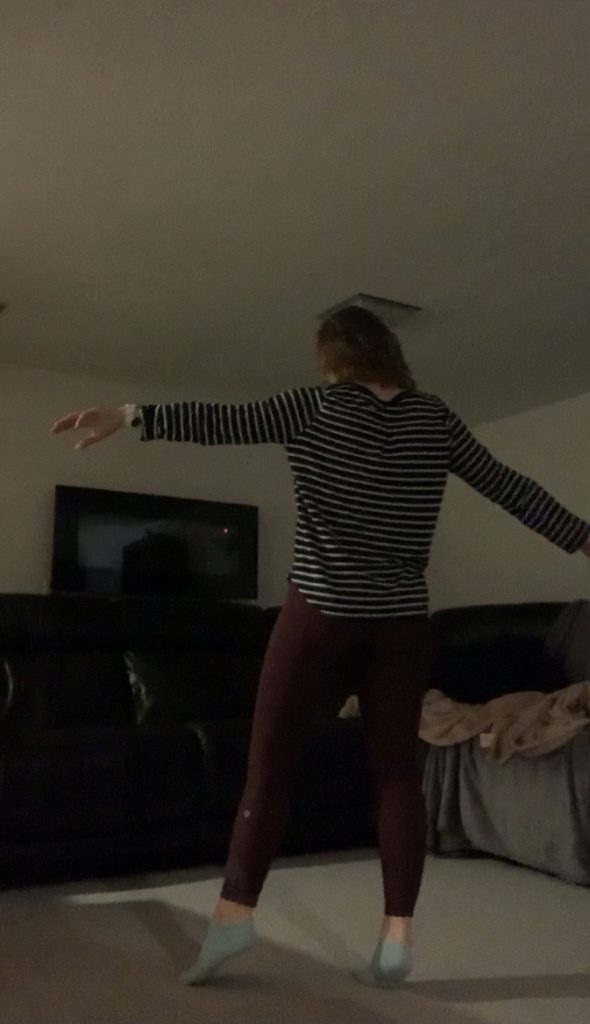OPTION 1: ECO-ART MOVEMENT RESPONSE
1. Spend at least 10 minutes outside in nature.* This could be in your yard, a park, on an apartment balcony, etc. Be still (seated, lying down) or slow (standing, walking) so that you can be present to your surroundings. Just be in the space for 10+ minutes, interacting with nature and noticing your 5 senses (sight, smell, touch, taste, hear).
2. In your outdoor time, note the different beings that are present in your environment. How do they move? What is their life cycle? What would a day in the life of this being be?
3. Movement exploration- can be done outdoors or indoors. Choose 3 different plants/animals from your experience outside. Imagine a day in the life or the lifecycle of that being. Recreate the day/life cycle through your own movements. Repeat for all 3 of your chosen plants/animals.
4. Submit a photo that documents your experience. You are welcome to submit a video clip of your experience, but video is not required.
5. Journal entry: Complete a 500-700 word, double-spaced journal write-up that explores your artistic process and applications to teaching.
For this entry, I decided to spend time sitting outside on the deck in my backyard. Today was a very warm day outside which resulted in a lot of snow melting and several different animals outside enjoying nature. I noticed that the snow on our garage roof was dripping off onto the ground. All of my neighbours had their dogs outside and I could hear the occasional bark as they ran around their own yards. Lastly, the dirt in our backyard has become softened and therefore turned into mud. For my movement exploration, I have decided to focus on the life cycles of the snow melting, dogs outside, and hard dirt becoming mud.
I chose these specific parts of my outside experience because they stood out to me the most. For the snow melting, I began in a tall upright position to resemble the frozen and tall piles of snow surrounding the area. Then, as it begins to warm up this snow melts into a puddle which explains the slow and swaying movements bending down to the ground. For this movement, I felt free and as if tension has been released. The snow is solid for several months and piled high, so once it begins to melt there is a feeling of relief to loosen up. Furthermore, I felt like better times and more sunshine was coming as I did these movements to embody the melting snow.
For the dogs outside, I did a running motion a few steps forward with an occasional stop to look around. I chose these movements because I noticed that my dog, along with my neighbours, were running around outside. Then, they would occasionally stop running to look around and take in the new weather. While doing these movements, I felt incredibly free to be able to move around. I also felt an urge for exploration as I occasionally stopped moving.
Lastly, to resemble the ground I began as a ball and slowly began to open up my body to show the action of something hard becoming soft. I chose these movements to represent to act of the hard ground slowly opening up into a soft feeling again. It felt quite different to do these actions. Since I was going to be doing the movement of opening up my body on the floor, it was a different feeling. I am used to doing large standing movements, so this was new for me. Additionally, it felt odd to be doing this movement because I personally know how annoying the mud can get when Spring begins.
I feel that this activity could easily be implemented into a grade one classroom. Perhaps, I could take my students outside to examine their surroundings. Then, once we are back inside, as a class we could brainstorm some things that were observed while outside. All of these ideas could be written down on the large classroom whiteboard. Following the brainstorming, the students and I could work together to come up with a movement to represent some of the things noticed while outside. Once a movement is determined for each thing observed outside, we would do each of the actions a couple of times as a class. While I did this activity completely on my own for the assignment, I feel that having myself as help with the class would be beneficial. Since the students are only in grade one, they might need help coming up with ideas or staying on track at times, which is why working together as a class would be the best option.
While I have never done an activity like this before with children, I could definitely see it working, especially with a grade one class. Based on my short experience in a grade one classroom last March, the students appeared to need the extra assistant. With that age level, there was always lots of class group work to complete assignments. This aligns with my philosophy because I believe in giving every student a chance to give input. Each student will be given an opportunity to share an observation or movement idea if they choose to do so. additionally, there is no set-out end goal for the movements created. Therefore, this activity is process-based, which is something that I try to achieve in my teaching for Arts Education.
